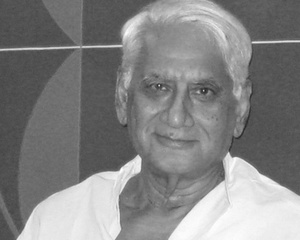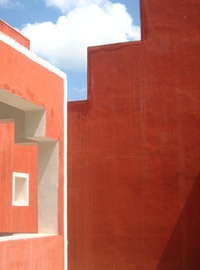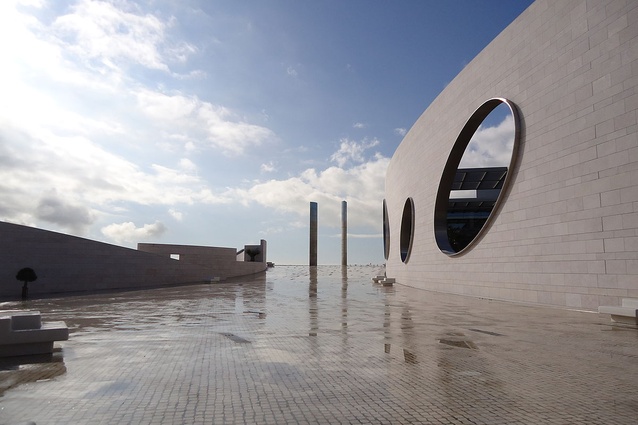Vale Charles Correa: 1930-2015

Charles Correa, the man once billed by a Royal Institute of British Architects (RIBA) exhibition as “India’s greatest architect”, has died, aged 84.
The recipient of many awards, including the RIBA Gold Medal (1984), the UIA Gold Medal (1990) and the Aga Khan Award for Architecture (1998), Correa is often credited with helping to establish modern architecture in post-Independence India. His work was nevertheless inflected with a respect for traditional methods and materials.

Born in Hyderabad in 1930, Correa left India in 1949 for the University of Michigan and MIT, where he studied under Buckminster Fuller. He went on to work in the Detroit office of Minoru Yamasaki, before returning to India in the mid-1950s, where he established his own office in Mumbai in 1958.

Correa went on to master plan “New Mumbai”, a city of two million people across the harbour from Mumbai, and become the first chairman of the National Commission on Urbanisation.
Correa designed many significant buildings in India, including the Gandhi Memorial Institution in Gujarat, the Bharat Bhavan and Vidhan Bhavan in Bhopal, and the Jawahar Kala Kendra arts centre in Jaipur. His most recent works include Toronto’s Ismaili Centre, the Brain and Cognitive Sciences Complex at MIT and the Champalimaud Centre for the Unknown in Lisbon.
Narendra Modi, the Prime Minister of India, paid tribute to the architect on Twitter: “Mr Charles Correa’s architectural marvels are widely cherished, reflecting his brilliance, innovative zeal and wonderful aesthetic sense.”










